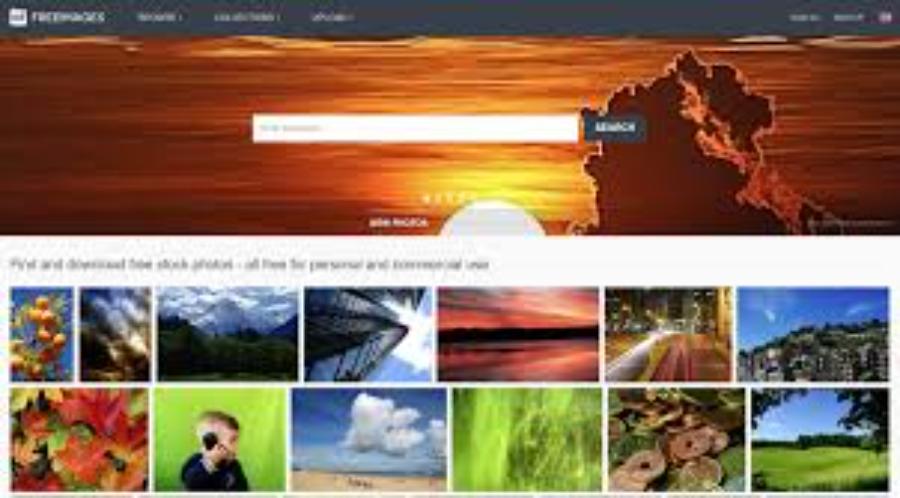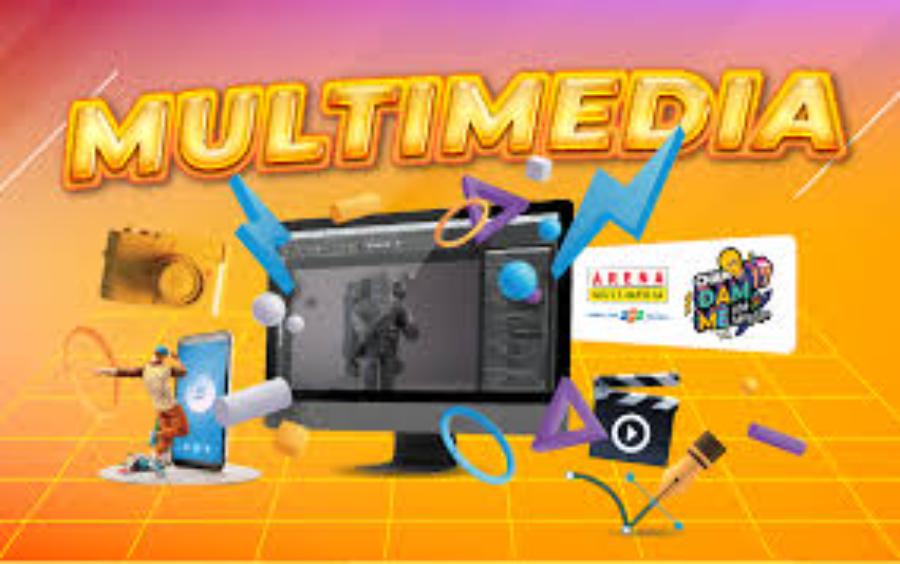Best Selling Products
Tips to Help Designers Have a More Flexible Logo
Nội dung
- 1. Learn about Logo design
- 2. Elements that make a flexible logo
- 2.1. Simplify the design
- 2.2. Ensure color compatibility
- 2.3. Symmetry and balance
- 2.4. Ensure readability
- 3. Choose the right style
- 3.1. Circular vs Square Logos
- 3.2. Use icons instead of text
- 4. Professional Logo Design Process
- 4.1. Step 1: Brand Analysis
- 4.2. Step 2: Ideation
- 4.3. Step 3: Design Development
- 4.4. Step 4: Review and Edit
- 4.5. Step 5: Completion and Handover
- 5. Notes when designing logos for different platforms
- 5.1. Logo for website and mobile application
- 5.2. Logo for printing
- 5.3. Logos for social networks
- 6. Why Should You Choose SaDesign's Software Products to Design Logos?
- 6.1. Team of Experts With Extensive Experience
- 6.2. Creative and Unique Design
- 6.3. Professional Design Process
- 7. Conclusion
Learn tips to help designers create versatile logos that can be easily adapted to a variety of situations. The fundamentals of creating a highly applicable and recognizable logo.

A logo is not only a visual representation of a brand, but also a decisive factor in creating a lasting impression. For non-professional designers, creating a logo that is easy to use in many situations is a big challenge. In the article below, Sadesign helps you discover suggestions to help designers create a flexible logo that is easily recognizable and adaptable to changes in design.
1. Learn about Logo design
A logo is the first important element that customers notice when they come into contact with a brand. It can either make a lasting impression or leave no mark at all. So how do you design a logo that truly stands out, reflecting the values and identity of your brand? The answer lies in understanding the essential elements that go into creating a perfect logo design that not only attracts attention but also conveys a powerful message.
.jpg)
A logo is more than just a symbol, it is also an image that represents your business, helping to differentiate your brand from your competitors. A good logo will make customers remember you at first sight and help build a lasting relationship.
2. Elements that make a flexible logo
When designing a logo, there are a number of factors that need to be considered to ensure versatility in use. Here are some important factors:
2.1. Simplify the design
A simple logo is easily recognizable and can be used across multiple platforms. When designing a logo, designers should focus on eliminating unnecessary complexity. An overly complex logo can be difficult to scale down or use on mobile apps, websites, or promotional products. A simple yet elegant logo is easy to reproduce and memorable.
2.2. Ensure color compatibility
Color plays a huge role in brand recognition. However, a versatile logo should not only use a single color but should be able to work effectively in a variety of color schemes. This allows the logo to adapt easily to different platforms, from websites to printed materials such as business cards, brochures and posters. Designers need to create logos with colors that can be easily adjusted while still maintaining brand value.
2.3. Symmetry and balance
Symmetrical and balanced logos are generally pleasing to the eye and easy to use. These logo designs are easy to use in all situations, from small images like phone icons to large advertising banners. A logo that is not symmetrical or unbalanced will be difficult to use in different situations without being distorted or losing its aesthetic value.
2.4. Ensure readability
One of the most important factors in logo design is readability, especially when the logo contains text. Letters or fonts that are too difficult or complex to read will make it difficult for the viewer to read, making the logo less effective in conveying the message. A versatile logo should have easy-to-read letters that are simple and clear, making it easy for the viewer to recognize and remember.
3. Choose the right style
(1).jpg)
It is obvious that the design of a logo will directly affect its versatility. In order for a logo to be versatile across different platforms, the logo design must be simple enough and easily resizable without losing brand recognition.
3.1. Circular vs Square Logos
Circular logos are often easier to use in mobile apps, icons, or small promotional products because they can be easily scaled down without losing their identity. Square or complex logos can be difficult to scale down or use in small spaces. Therefore, the choice of logo shape needs to be appropriate for the brand's intended use.
3.2. Use icons instead of text
Some logos stand out thanks to their iconography without the need for a lot of text. This not only makes the logo easily recognizable, but also makes it more flexible when used across different platforms. Simple, easy-to-understand icons help customers quickly recognize the brand without having to decipher text. Pictorial logos can be easily used on social media platforms, websites, or promotional items without difficulty.
4. Professional Logo Design Process
Logo design is not a simple task. To create a truly quality logo, a systematic and professional process is required. Below are the steps in the logo design process at Sadesign:
.jpg)
4.1. Step 1: Brand Analysis
Before starting the design, the design team will conduct a thorough survey of your brand. This will help them better understand the brand’s mission, vision, core values, and target audience. From there, the logo created will accurately reflect the business’s identity.
4.2. Step 2: Ideation
Once the brand is understood, designers will start brainstorming creative ideas. They will sketch out different logo designs, showing diversity and creativity in combining images, colors and fonts.
4.3. Step 3: Design Development
After choosing the right idea, the design team will develop these logo templates using professional design tools, create different versions and adjust them to make the logo more perfect in terms of aesthetics and practicality.
4.4. Step 4: Review and Edit
Once the initial designs are complete, we will review them with you and discuss any necessary adjustments. This process helps ensure that the final logo is fully aligned with your business needs and goals.
4.5. Step 5: Completion and Handover
Once the logo is complete, the design team will deliver the logo files in different formats, so you can use them across a variety of platforms and media, from websites, social media to print.
5. Notes when designing logos for different platforms
Each platform has different usage characteristics, so the logo needs to be designed so that it can be easily used on all platforms without losing its identity.
5.1. Logo for website and mobile application
A logo needs to be adaptable to the look and feel of websites and mobile apps. This means it needs to be able to scale down without losing important details. It also needs to be considered whether the logo will be used on a light or dark background to ensure it remains recognizable.
5.2. Logo for printing
Logos also need to work well on printed materials, from brochures to posters to promotional products. Therefore, when designing a logo, designers need to pay attention to the resolution of the logo, ensuring that the logo will not be blurred or lose detail when printed on large surfaces.
5.3. Logos for social networks
With the rapid development of social networks, the use of logos on these platforms has become an indispensable element. Logos need to be clear and recognizable even when reduced in size. In particular, platforms such as Facebook, Instagram, Twitter often require logos to be able to change size without distortion, so designers need to design logos with flexible sizes and proportions.
6. Why Should You Choose SaDesign's Software Products to Design Logos?
.jpg)
Logo design is not simply creating an eye-catching image, but also ensuring high applicability, easy recognition and reflecting the true nature of the brand. SaDesign with more than 10 years of experience in the design field, has been successful in creating quality logo products, helping thousands of businesses build a strong image in the market.
6.1. Team of Experts With Extensive Experience
SaDesign is proud to have a team of experienced designers with solid knowledge of the graphic design industry and modern logo design trends. The experts at SaDesign are not only highly skilled but also understand the needs and desires of customers. We always carefully research the field of operation of each business to create logos that truly reflect the brand's identity and values.
6.2. Creative and Unique Design
One of the factors that makes a logo different is creativity. Your logo not only needs to be beautiful but also unique, not overlapping with other brands. SaDesign always focuses on innovation and creativity in each logo design, helping customers create a strong impression and easily remember in the minds of consumers.
6.3. Professional Design Process
The logo design process at SaDesign always follows professional and methodical steps. We start by thoroughly understanding the business, products and target market. Then, the design team will sketch out many different logo options and present them to the customer for selection. We are also always ready to adjust to perfectly meet the customer's requirements, ensuring that the final logo is not only beautiful but also in line with your brand strategy.
7. Conclusion
Designing a flexible logo is not a simple task. It requires designers to carefully consider factors such as simplicity, color, style, and adaptability to many different platforms. Hopefully, with the above suggestions, designers will have more useful tools in the process of creating flexible, easy-to-use and memorable logos.












































